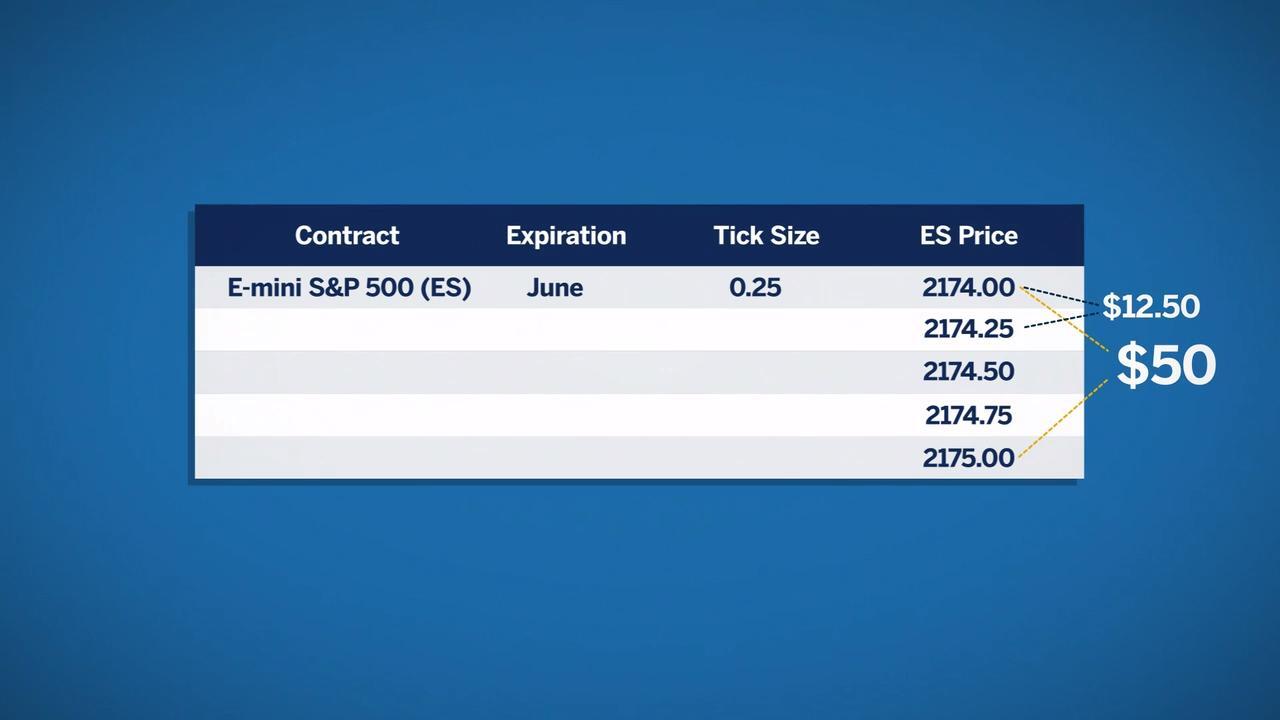

Finance
Closing Tick Definition
Published: October 28, 2023
Learn about the definition of closing tick in the finance industry and its significance in analyzing market trends and investor sentiment.
(Many of the links in this article redirect to a specific reviewed product. Your purchase of these products through affiliate links helps to generate commission for LiveWell, at no extra cost. Learn more)
The Closing Tick Definition: Understanding its Significance in the Finance World
When it comes to the world of finance, there are numerous terminologies and jargon that can be quite overwhelming to comprehend. One such term that holds great importance is the Closing Tick. As an investor or trader, getting a grasp of this concept can prove to be beneficial in your decision-making process. In this blog post, we will delve into the Closing Tick definition and why it matters in the finance industry.
Key Takeaways:
- The Closing Tick is a measure that indicates the overall sentiment of a particular market or stock at the end of a trading day.
- A positive Closing Tick implies that the majority of stocks closed higher, while a negative Closing Tick suggests that most stocks closed lower.
So, what exactly is the Closing Tick? In simple terms, the Closing Tick is a measure that indicates the overall sentiment of a particular market or stock at the end of a trading day. It is calculated by taking the number of stocks that closed higher and subtracting the number of stocks that closed lower. This calculation results in a positive or negative number, which gives insights into the market sentiment.
Now, you may be wondering, what significance does the Closing Tick hold? Here are a few reasons why this metric matters in the finance world:
1. Market Sentiment Indicator:
The Closing Tick serves as a valuable indicator of market sentiment. By analyzing the Closing Tick, investors and traders can gauge whether the majority of stocks closed higher or lower. This information can help them understand the market’s mood, and potentially spot trends or patterns that could influence their investment decisions.
2. Trading Strategy Tool:
For active traders, the Closing Tick can be a useful tool to develop trading strategies. A positive Closing Tick suggests strength and optimism, indicating a potential uptrend or bullish market. On the other hand, a negative Closing Tick could reveal weakness and pessimism, signaling a possible downtrend or bearish market. Traders can leverage this information to enter or exit positions, or even adjust their trading strategies accordingly.
In summary, the Closing Tick is a crucial concept to understand in the world of finance. Its ability to provide insights into market sentiment and its usefulness as a trading strategy tool make it an important metric for investors and traders alike. By keeping an eye on the Closing Tick, you can gain valuable insights that could potentially enhance your decision-making process and ultimately contribute to successful financial endeavors.














